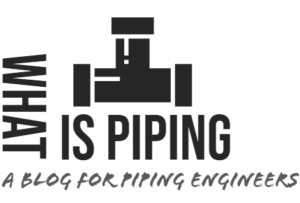What Is White Rust? Its Formation, Prevention, and Treatment
Galvanized steel is widely used to protect steel from rust or corrosion. A thin coating of zinc is fused to the steel surface in the galvanization process which prevents the steel from to expose on a...
